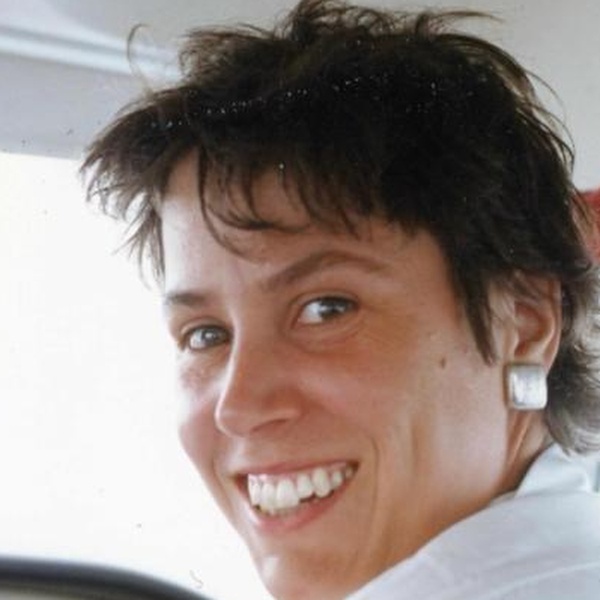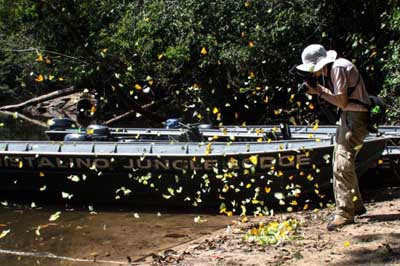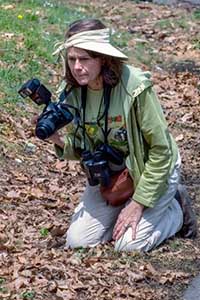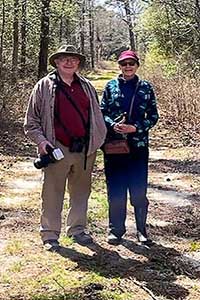Alison Bruce Rea

Alison Rea died at home in Manhattan on June 28, 2024, aged 72, after a long and brave battle against cancer. In the 1980s Alison made her home in New York where she became a distinguished business journalist and bird watcher, well known to other birders in Central Park. She was also a very gifted artist and keenly interested in the decorative arts. At the same time as pursuing her career and interests, she diligently looked after her mother and aunt.
Alison was born on April 30, 1952, in Washington DC and raised in Denver where her parents moved in 1953. In Denver, Alison attended Graland Country Day School. When her mother remarried and returned to Washington DC, Alison finished high school at the National Cathedral School for Girls (class of 1970). She graduated cum laude from the University of Pennsylvania in 1973 with a degree in Communications: filmmaking.
A superb skier, she took time out to work at the Angel Fire resort in Eagle Nest New Mexico and then became the sole teacher in a one room primary school in Bondurant Wyoming. In 1977 she moved to New York where she received a degree in primary education from Adelphi University (1978) and then taught for two years at the Rudolph Steiner School in Manhattan.
In 1980, Alison made the life-changing decision to get an MBA in finance and international business at New York University which paved the way to her career covering business and banking over the next three decades. In 1982 she started at Fortune Magazine as a fact checker and in 1985 was promoted to the international finance team.
A love of birds meant that Alison never had less than six ‘budgies’ who were allowed to fly freely around the kitchen of her Riverside Drive apartment. Such was her gift of storytelling, that tales of the birds and their love lives could reduce her most ornithophobic friends to a fit of giggles.
Her passion for textiles and ceramics took her to Central Asia but especially to Turkey where she made friends despite her limited command of the language, her only phrase in Turkish being ‘I have six birds’. On her first trip there, she met some top ceramicists at an artists’ fair. She persuaded the assistant of the renowned ‘Iznik’ master, Mehmet Gursoy, that she needed to study with him even though he rarely took on apprentices. The result was a series of beautiful, perfectly executed painted pottery inspired by the patterns of Iznik ware.
She is survived by her brothers Malcolm Dunbar Rea, John Drayton Rea, her nephew Nicholas Edwards, step-siblings Phoebe Barnard, Anne Barnard, Robin Angly and step-nephew Hart Fukutomi.








